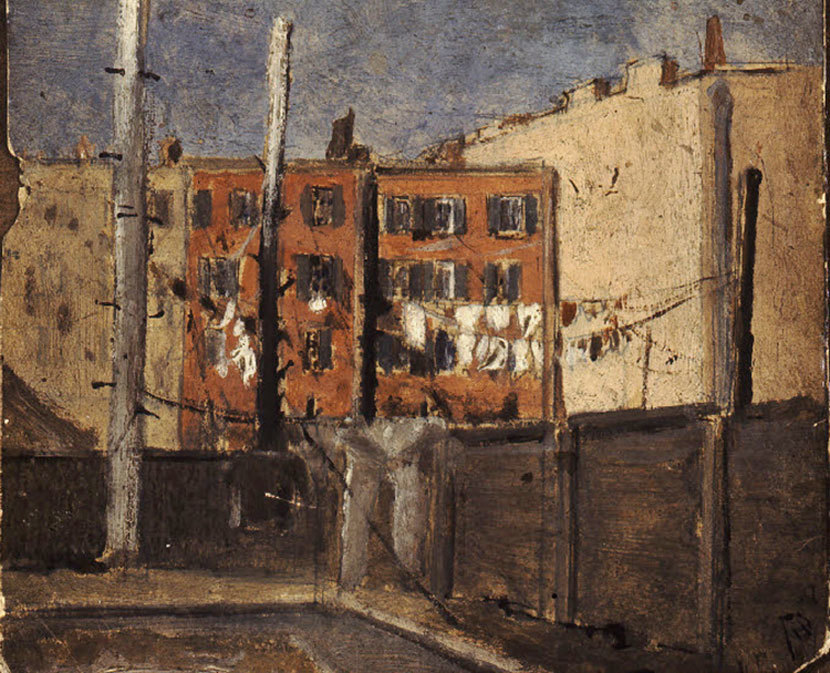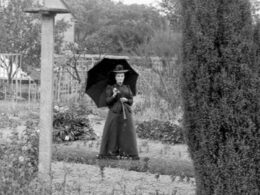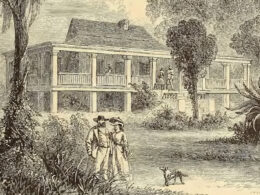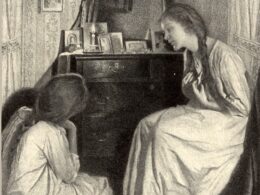Edith Wharton (1862–1937)
From Edith Wharton: Collected Stories 1891–1910

Last month, on March 13, Maureen Howard died at the age of 91. In addition to writing nine novels and her award-winning memoir (Facts of Life), Howard edited the two-volume Library of America collection of Edith Wharton’s stories, widely regarded as the most authoritative edition in print. When the books were published in 2001, Howard delivered an address at a New York City Barnes & Noble on Wharton’s birthday, January 24, in the Chelsea neighborhood where Wharton was born.
“At the outset,” Howard noted, “Wharton was as uncertain of acceptance as most fledgling writers. When we read her earliest stories, we see that she was trying out material, searching out forms. Two early works are set in a somewhat gritty New York: ‘Mrs. Manstey’s View’ and ‘Bunner Sisters,’ a novella that was rejected and published much later. Mrs. Manstey is a lonely widow in a boarding house, her view about to be obliterated by Trumpian progress. The Bunners are two impoverished women who keep a small shop with sewing supplies and decorate hats, seemingly not Wharton territory. But Wharton’s landscape in her stories and her novels was vast and various.”
Wharton’s early stories—and her ghost stories—still surprise and puzzle readers who know her only through the Gilded Age settings of The House of Mirth and The Age of Innocence. Many, perhaps most, of her works have been reintroduced to readers as “not your typical Edith Wharton story”—as if there were such a thing. Howard attributed this variety to Wharton’s “ability, not available to many of her heroines, to cross to other worlds.” She added, “In these earliest stories, we see that secondary gift of observation in the worn seams of poor Miss Bunner’s best dress and in Edith Wharton’s accounting of their poverty to the penny. This attention to detail of place is evident in every story, whether it is the fashionable drawing rooms of New York and Paris, or Kerfol, the spectral 16th-century domain in Brittany from which one of her most chilling ghost stories takes its title, or the gaming tables of Cannes.”
For our Story of the Week selection, then, we present Edith Wharton’s first published story, “Mrs. Manstey’s View,” along with an introduction explaining how—and why—her writing career, after a promising start in her teens, didn’t really begin until she was almost forty years old.



